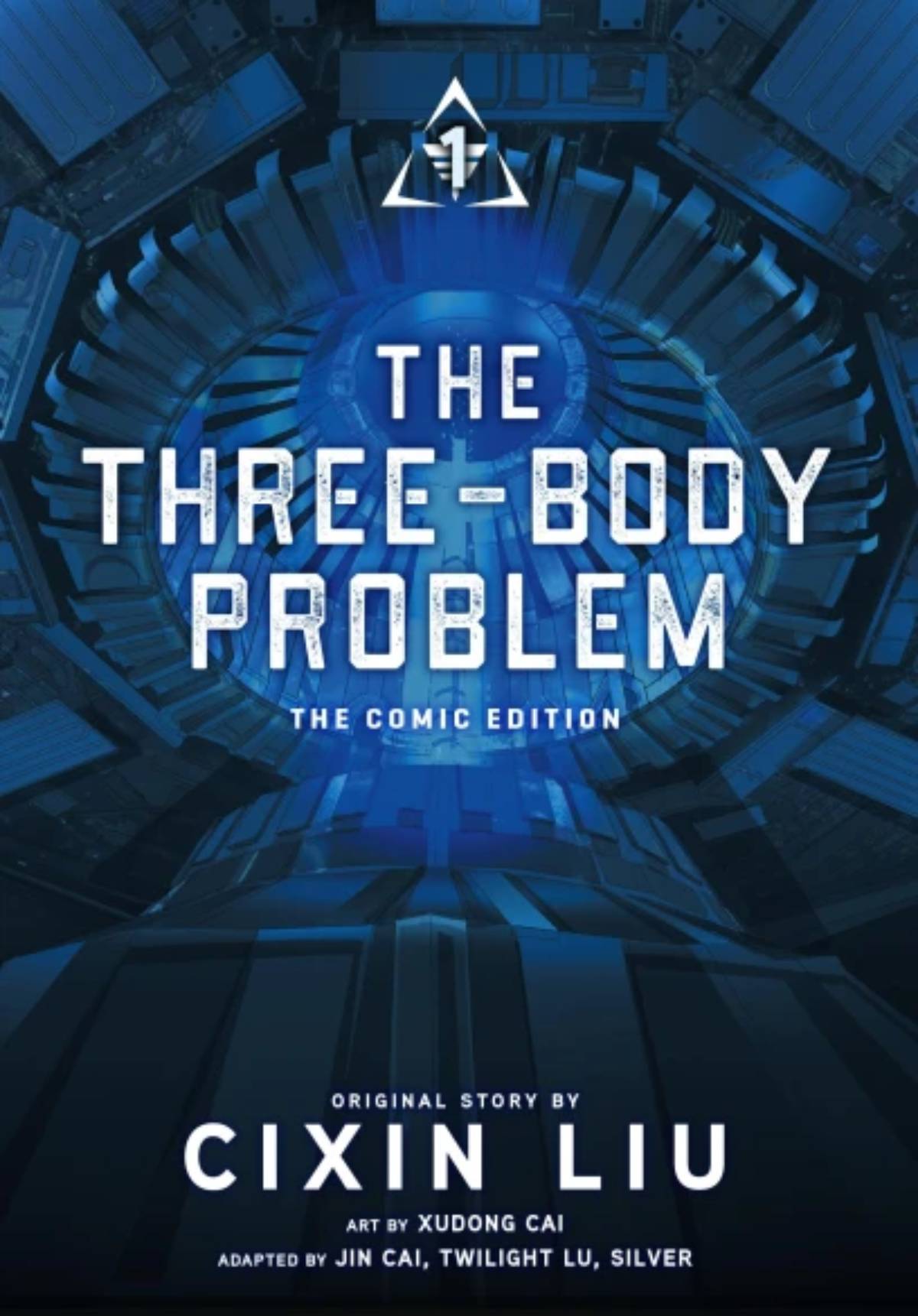Cixin Liu’s The Three-Body Problem is the first entry in a complex science fiction series that explores not only the search for extraterrestrial life, but also various theorems and technologies. A lot happens, and the novel involves physicists and scientists experiencing in explicable things at the outset. Now that the first volume of The Three-Body Problem comic adaptation by XuDong Cai, Jin Cai, Silver, Twilight Lu, and Xiao from Yen Press is out, it’s fascinating to see how it helps illustrate what people are going through throughout the story. While I’m not sure its my favorite adaptation, I’m glad it is here.
Editor’s Note: There will be some minor spoilers for the first volume of The Three-Body Problem comic below.
Things in the comic adaptation set things up with Wang Miao as our protagonist in Beijing. While he isn’t initially experiencing anything awry, he’s tied to people who are. He’s quickly met and picked up by Captain Shi Qiang and brought to work on a formula and investigation into an organization called Frontiers of Science for the government project due to his work with nano materials. In the confusion and flurry of information, he learns that Yang Dong, another physicist he admired, is one of multiple scientists tied to the group who’s committed suicide for an inexplicable reason. To find out more about what’s going on, he joins the Frontiers of Science.

Given the weight of the story, one of the first benefits to this format is having visuals to break up the text. Being able to see character portraits and environments helps make it easier to digest. The translation and adaptation are also handled tactfully, with an introduction that quickly grabs the attention of the reader.
It’s once Miao meets Ding Yi that I feel The Three-Body Problem comic starts really coming into its own. That’s because when Miao and Yi are using the game of pool to also discuss particle collisions, physics, and a colliding experiment, it really illustrates how well the story can adapt to a visual medium. It assists with the storytelling.
This becomes even clearer once Miao starts seeing the numbers on photos he’s taken, with the line coming up on the developed photo and negative. Seeing the introduction and implementation of the countdown in this fashion is incredibly effective. Especially if you’ve also read the book and watched the show, so you can compare. It makes it easier to pick up on the extra details.
The contrast is that sometimes, I do find the comic version of The Three-Body Problem a bit more difficult to follow than the show or book. Everything is presented in a clear way. The art is handled well. So is the way it is organized to better serve the story being told around it. However, since there is so much there and it is so heavy, I feel like it sometimes doesn’t always convey things as well as the book or live-action adaptation.
Still, The Three-Body Problem volume 1 is a promising prospect and means of exploring the story in a new way. This retelling is trying to use the medium to its advantage to illustrate what’s going on as we read. Considering the weight of the story, it might even help make it more accessible for some. However, I do wonder if maybe it’s best as a supplemental material, rather than the first source you go to, given how solid the original novel is.
Volume 1 of The Three-Body Problem comic is available now, and Yen Press will release volume 2 on February 18, 2025. The live-action adaptation is available on Netflix. Tor Books handled the English release of the novel.


Published: Nov 3, 2024 12:00 pm